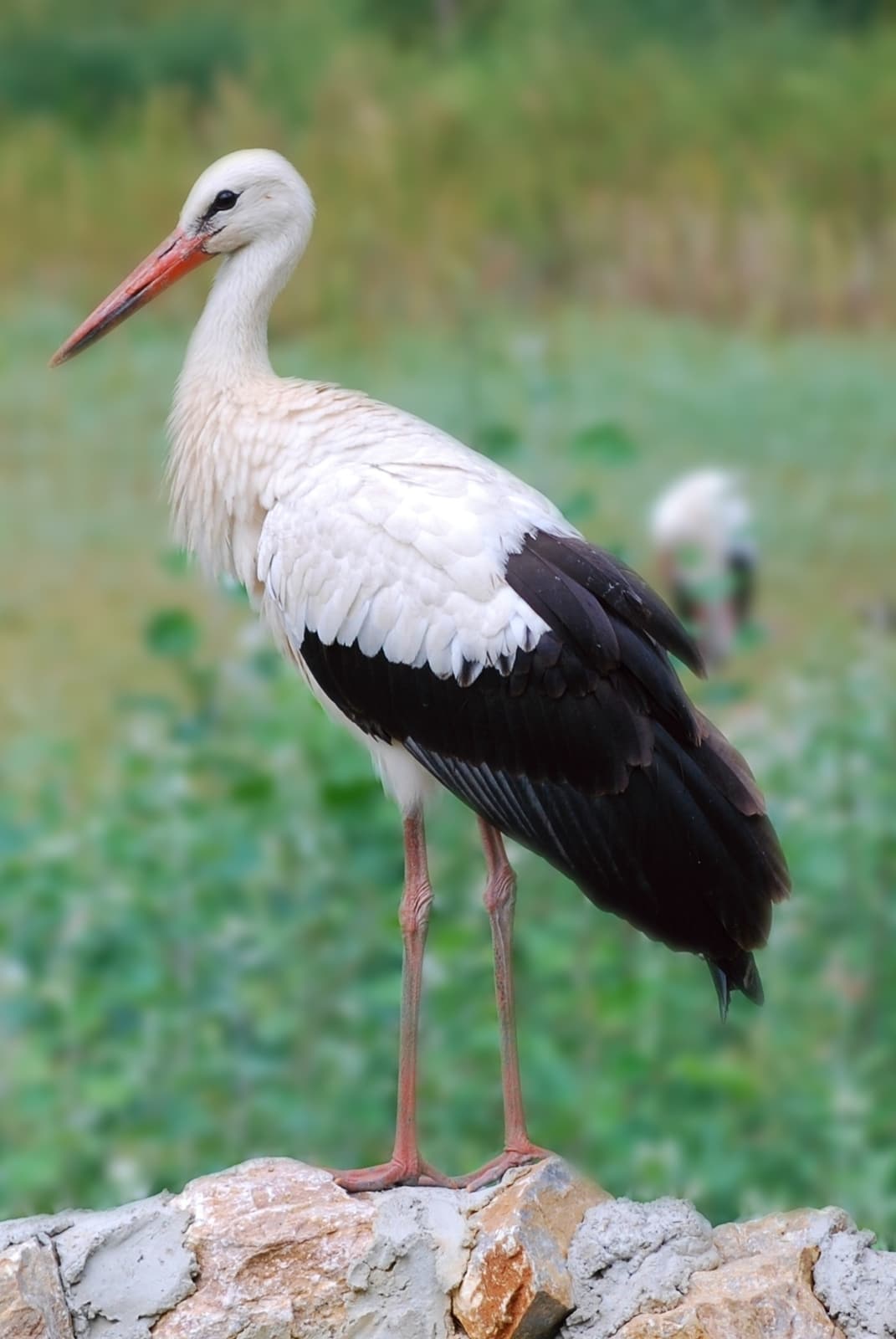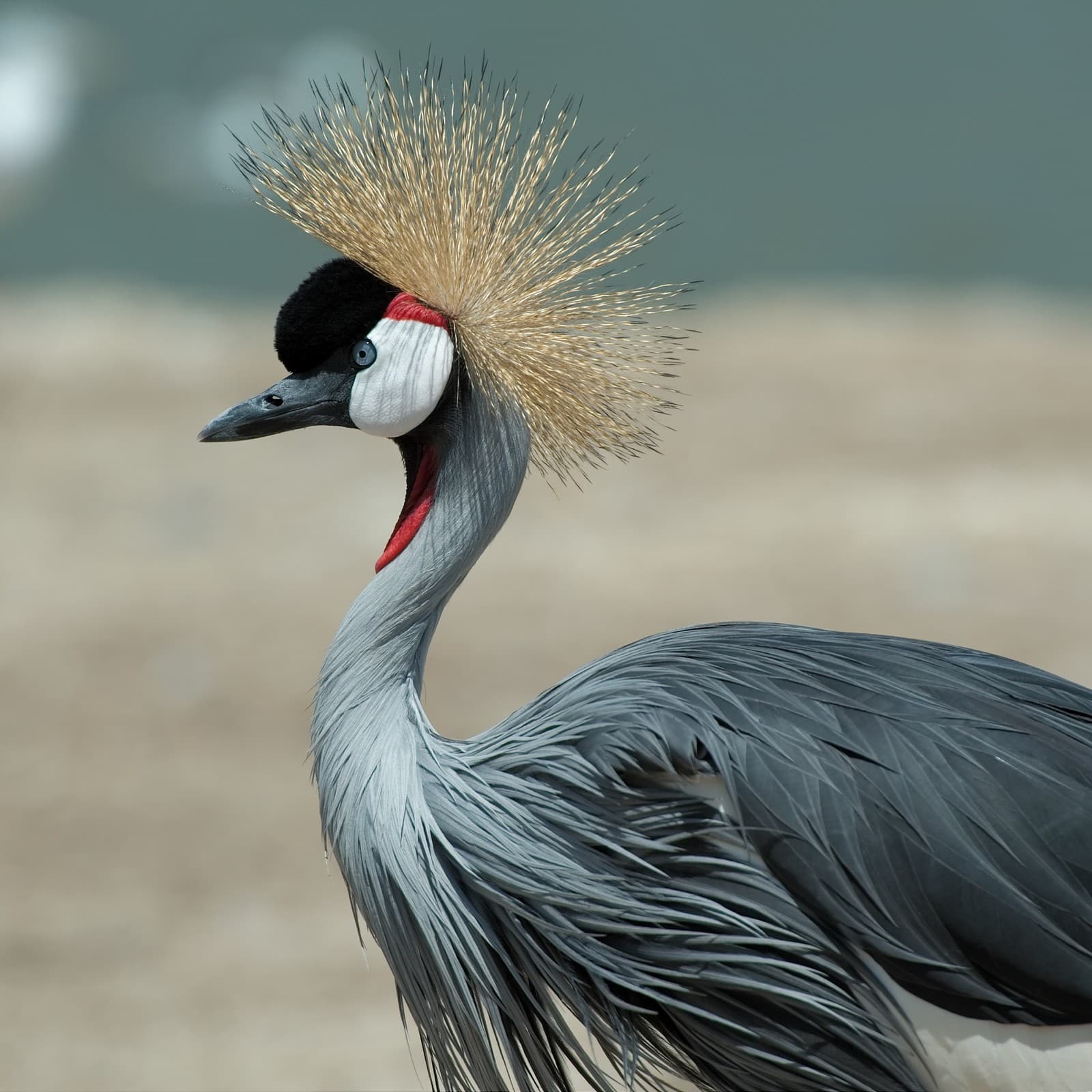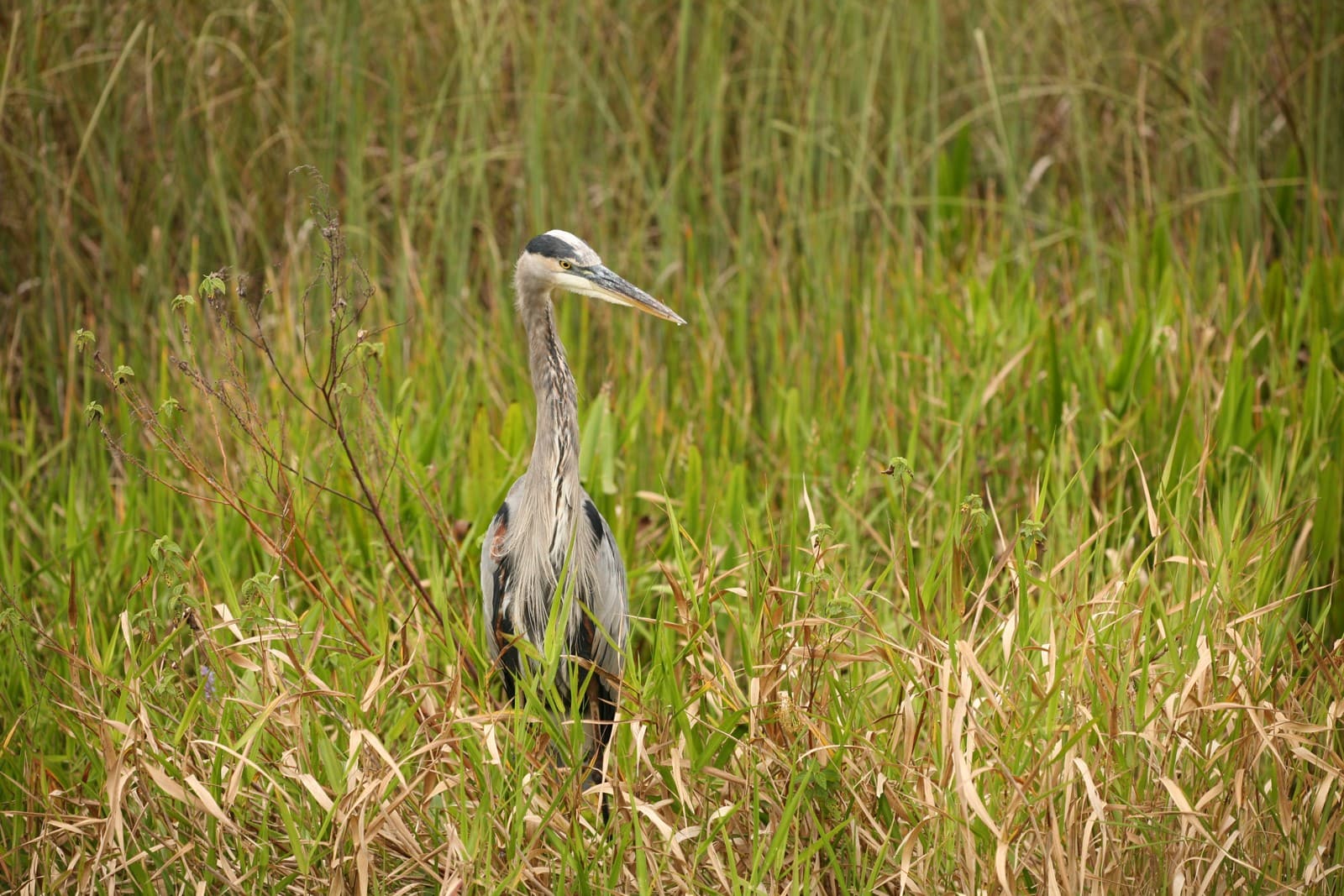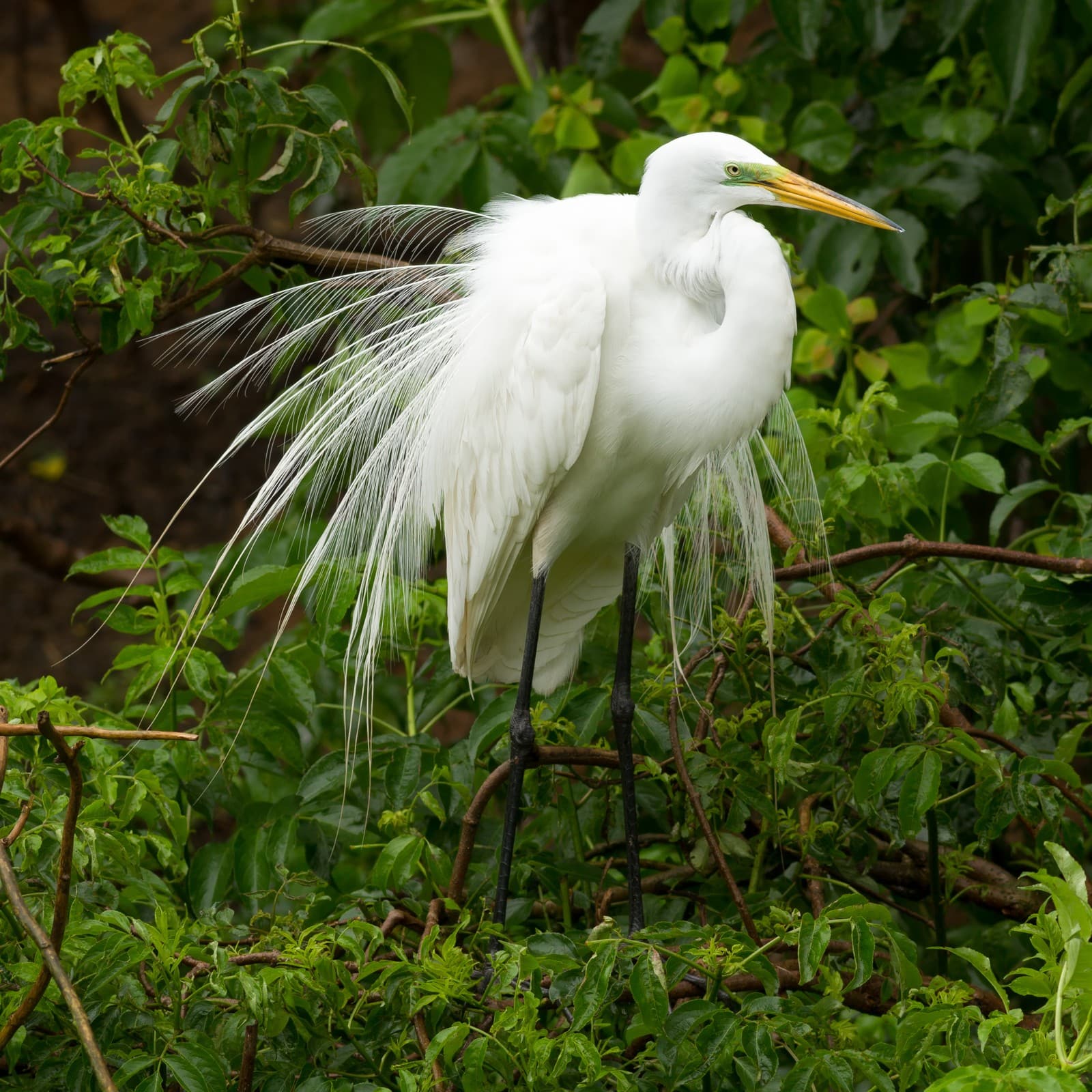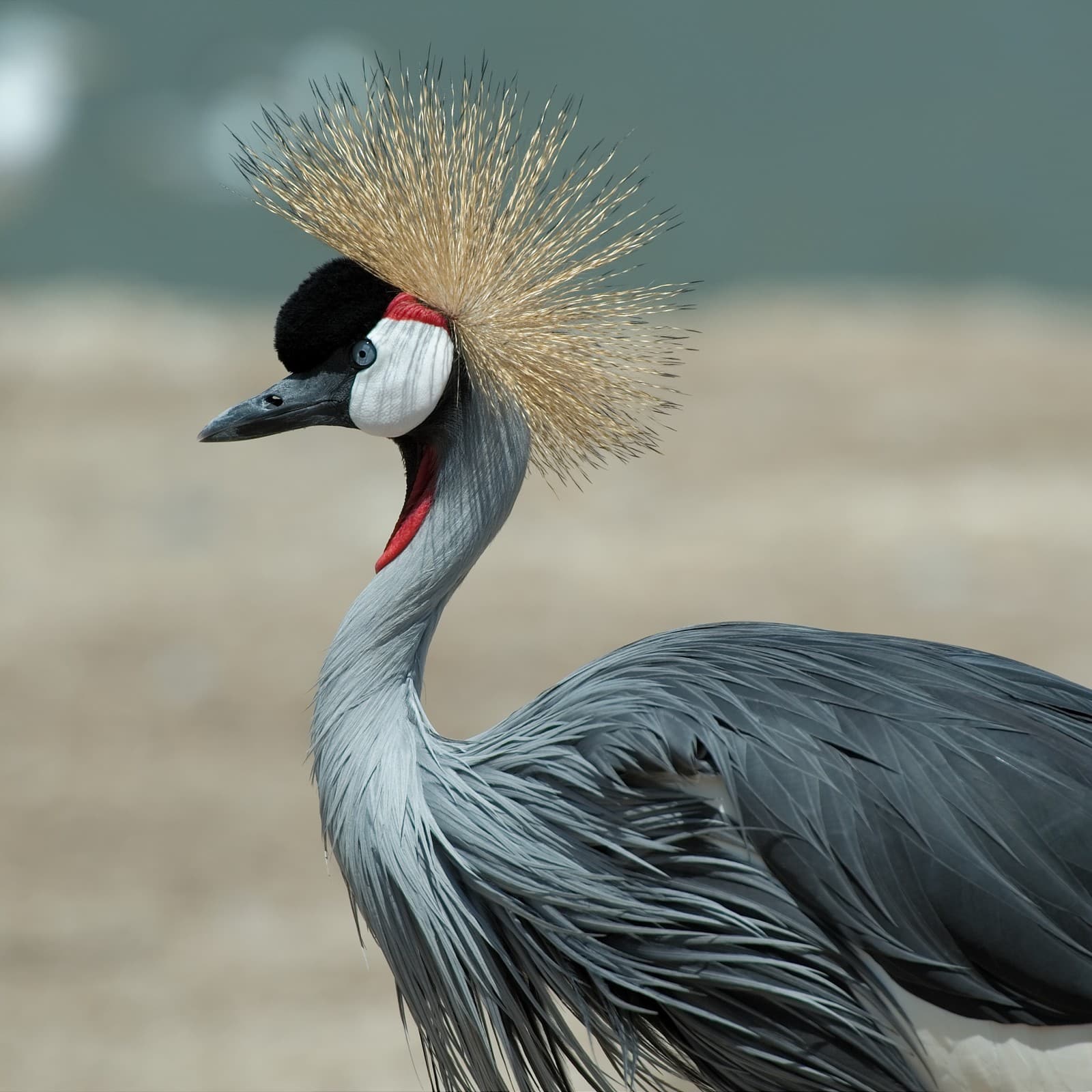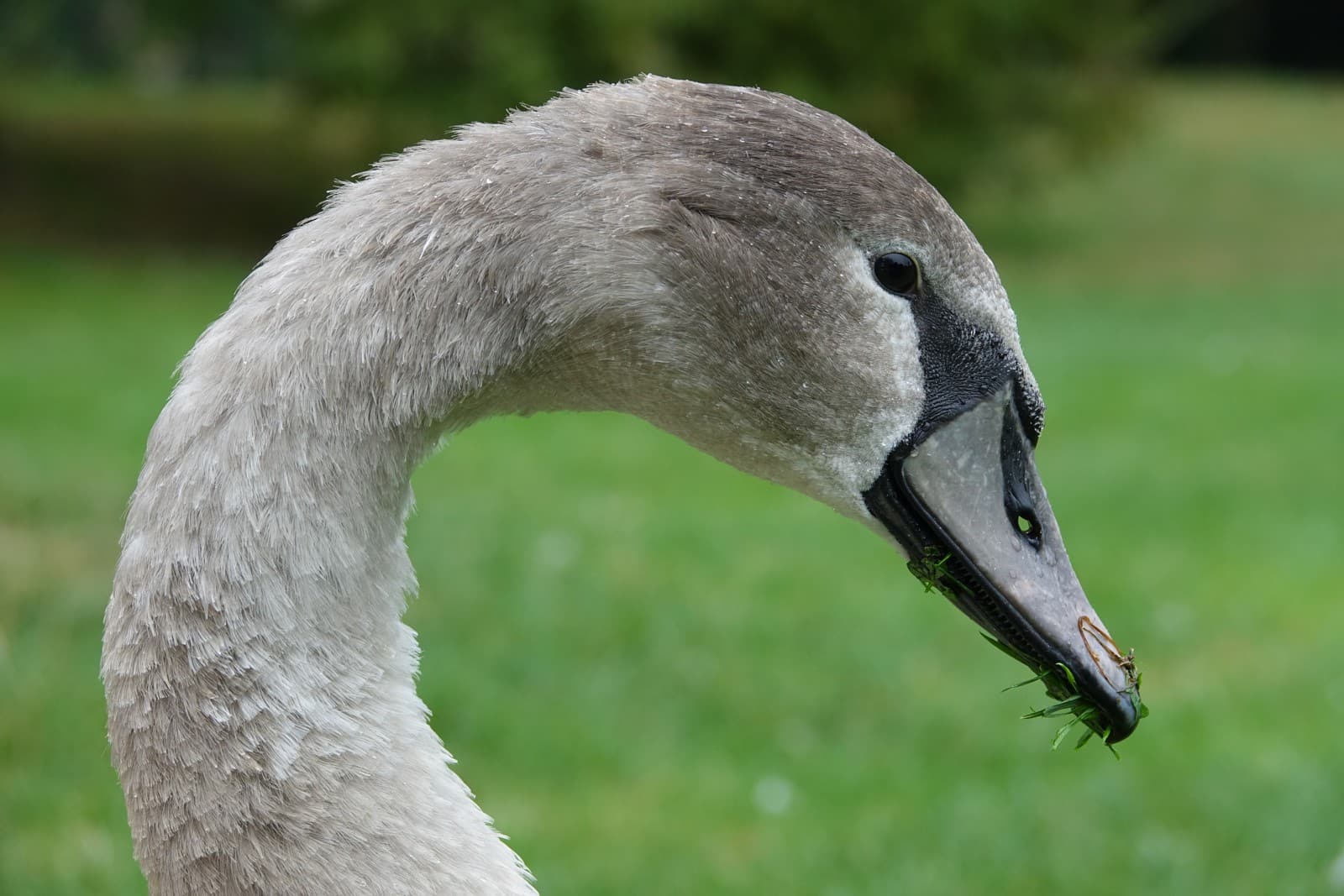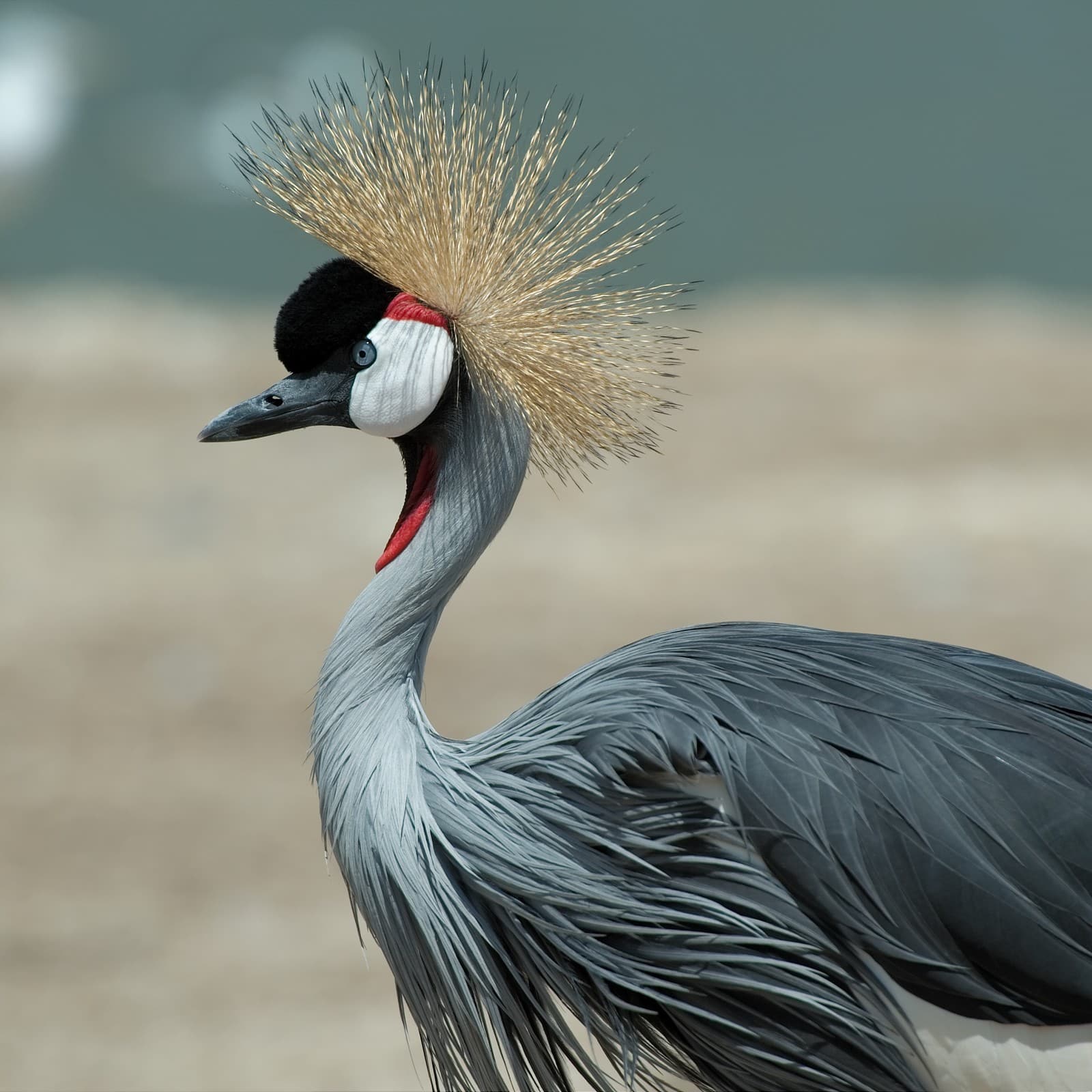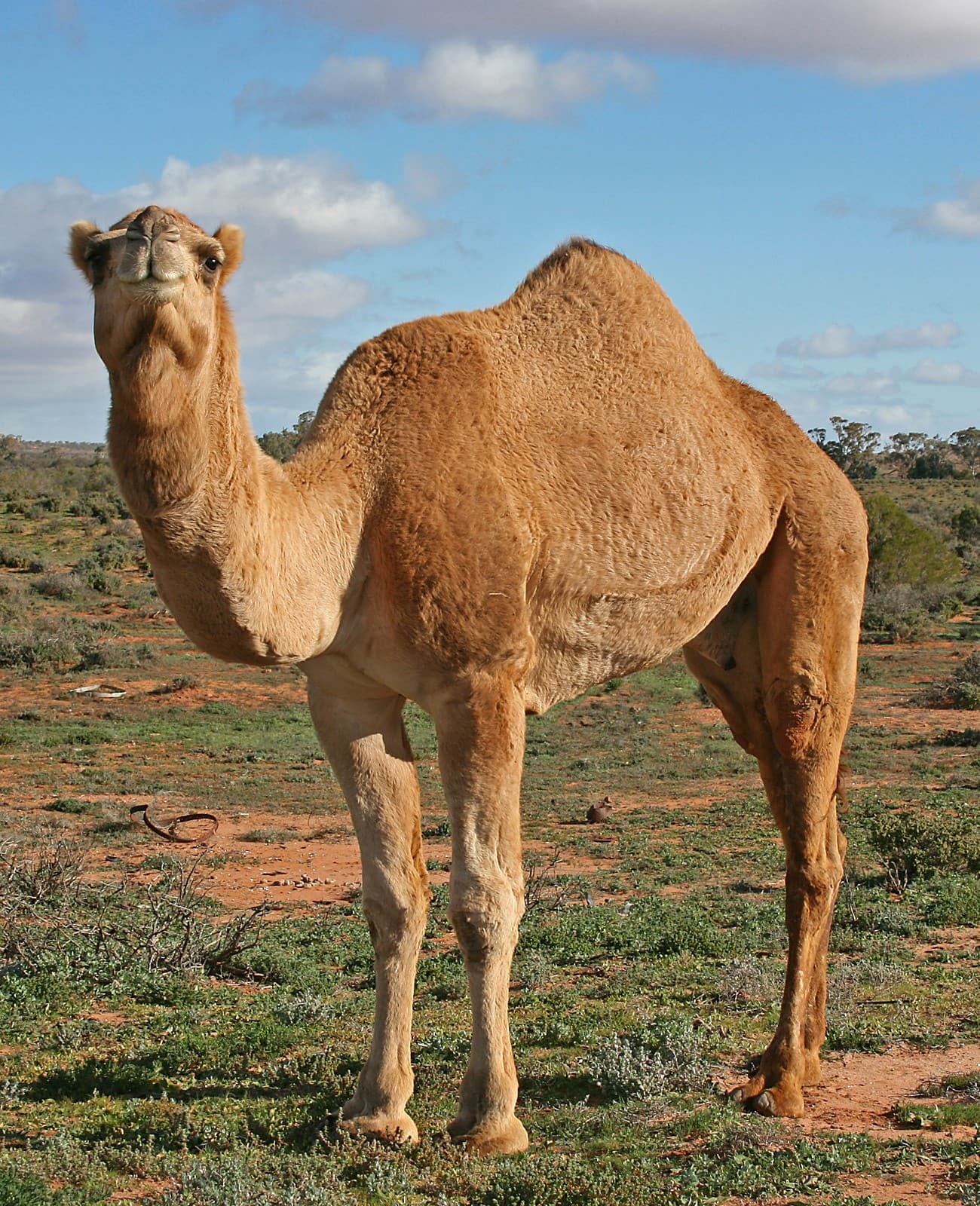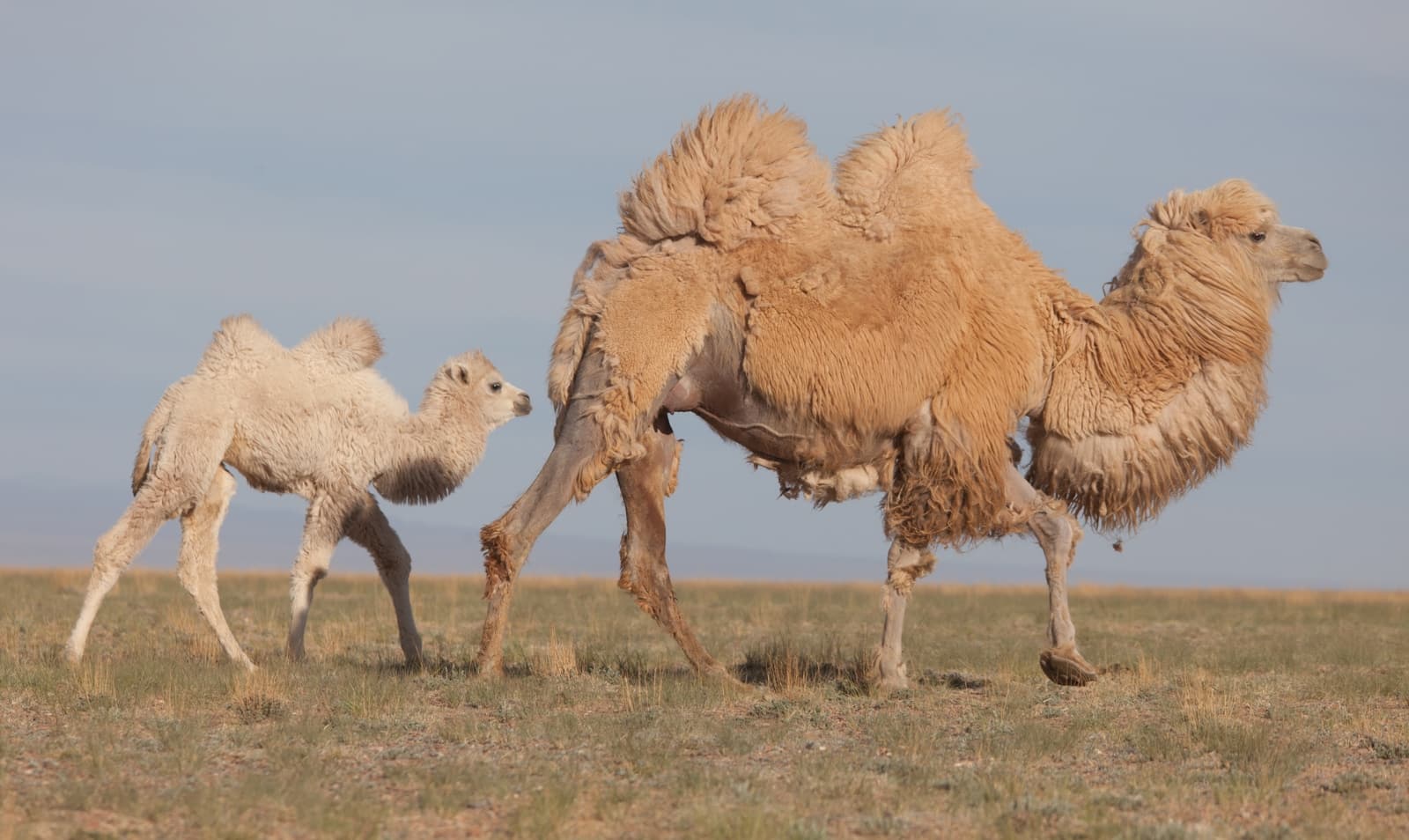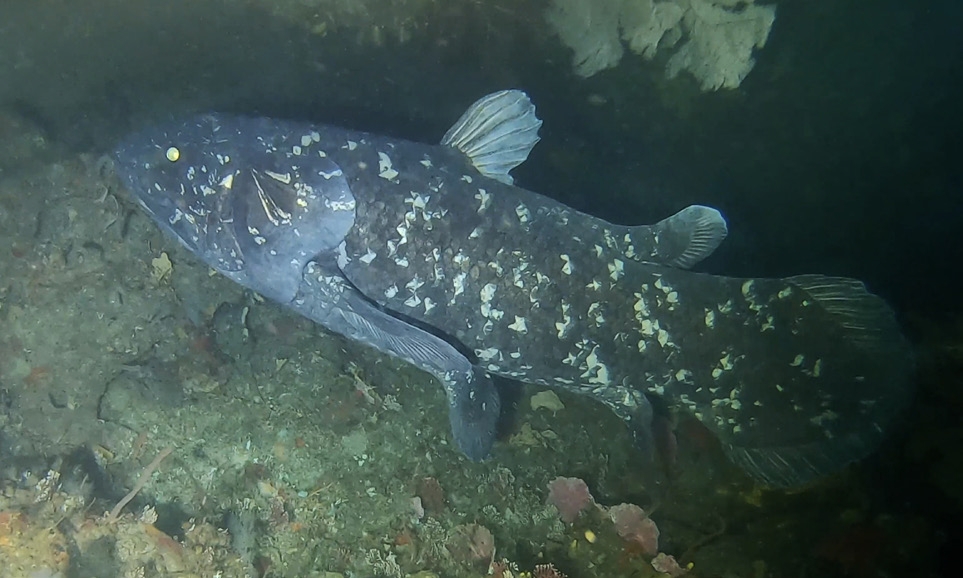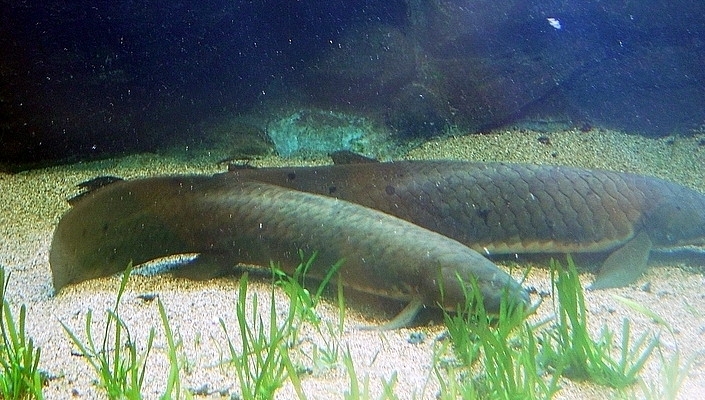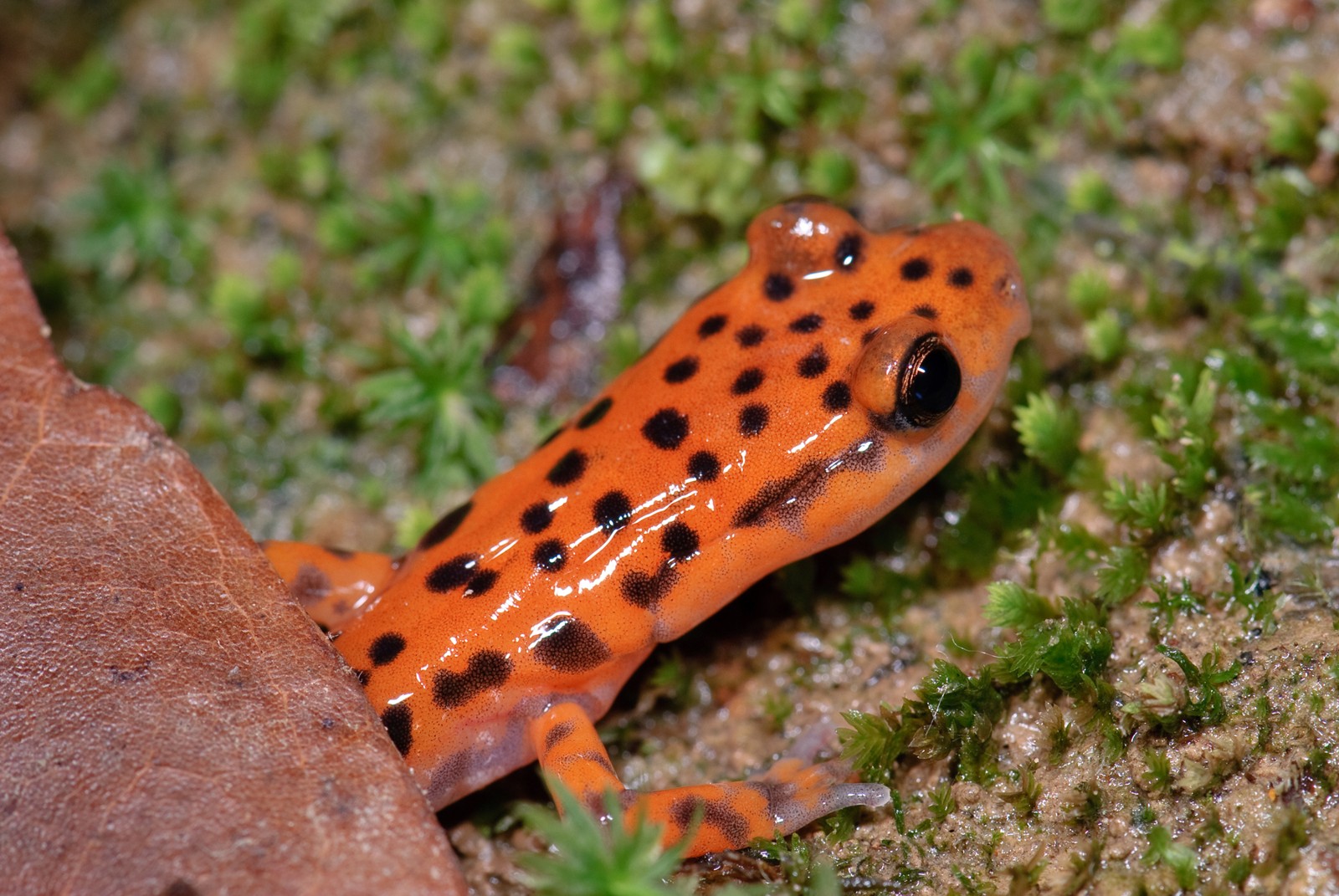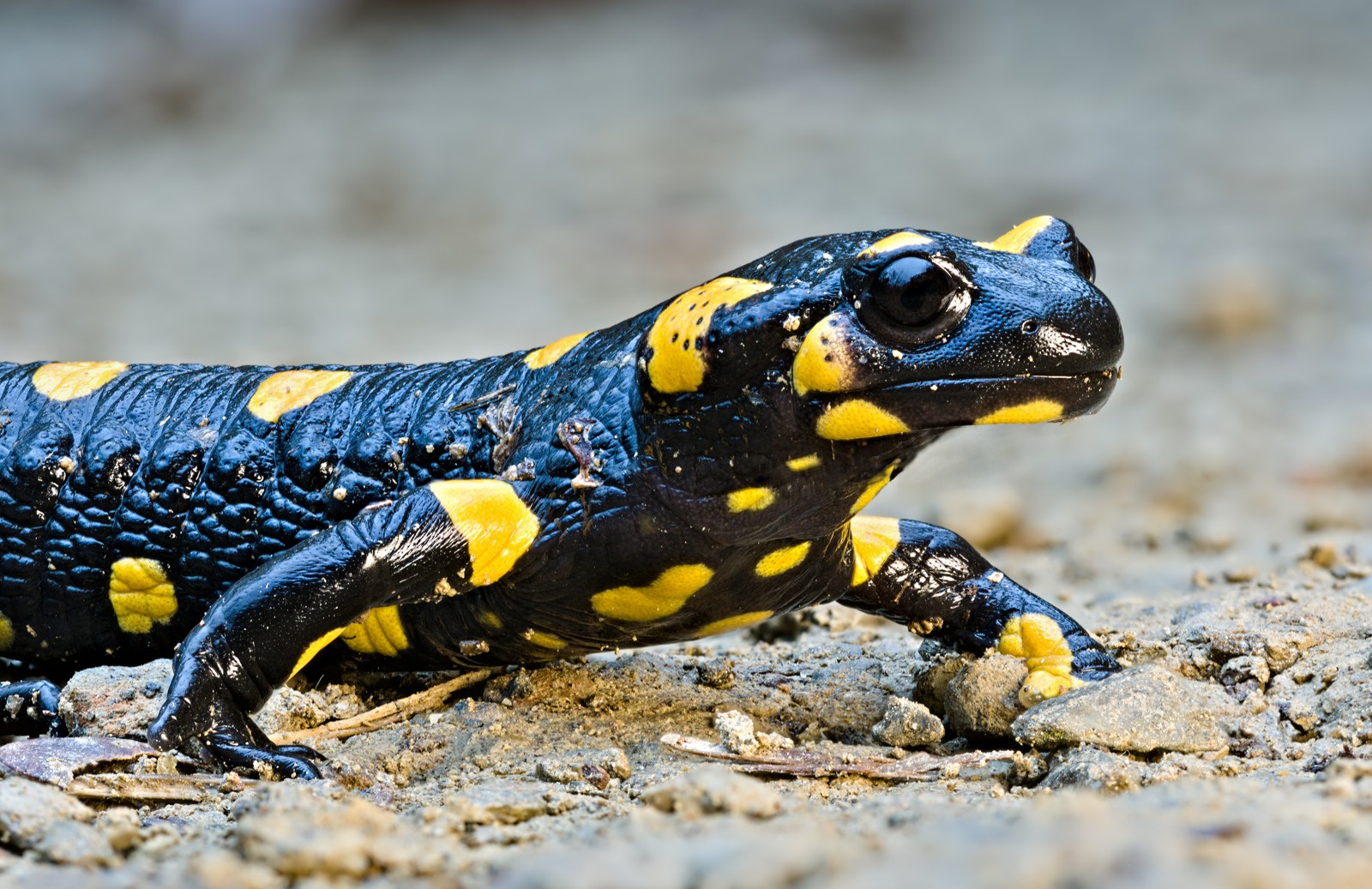Stork vs Crane: A Complete Comparison
While storks and cranes might appear similar at first glance, these magnificent wading birds have distinct characteristics that set them apart. Storks typically stand 3.3-4.5 feet (1-1.4 meters) tall, while cranes generally reach heights of 3-6 feet (0.9-1.8 meters). The most notable difference lies in their neck posture – storks fly with extended necks, while cranes maintain an S-curved neck during flight.
These remarkable birds also differ significantly in their vocalizations and social behaviors. Cranes are famous for their loud, trumpeting calls and elaborate courtship dances, whereas storks are relatively quiet, communicating primarily through bill-clattering. This fundamental distinction reflects their divergent evolutionary paths despite their similar appearances.
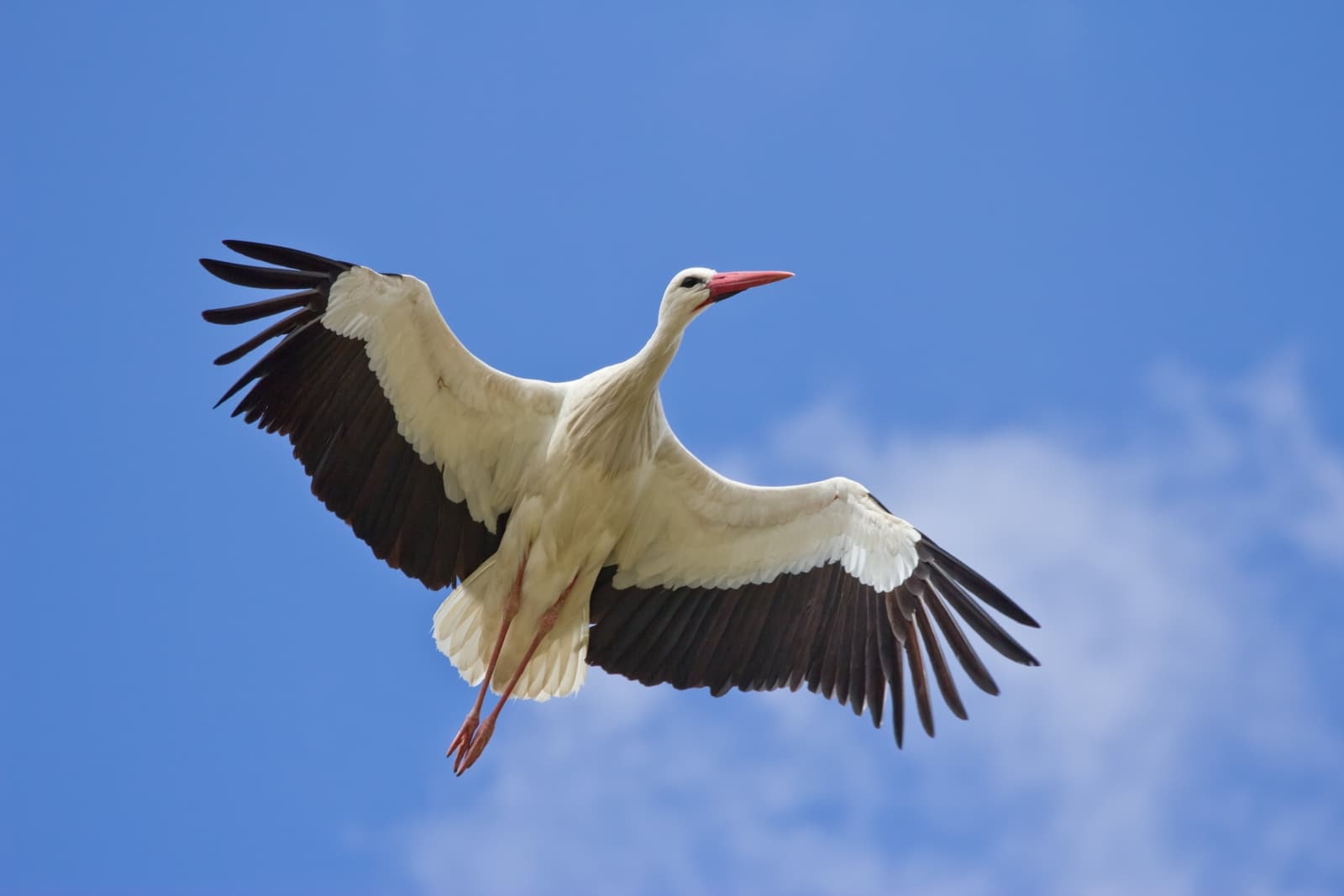
© Carlos Delgado / CC BY-SA 3.0
The White Stork demonstrates the characteristic straight-neck flying posture unique to stork species, with its distinctive red bill and legs contrasting against pristine white plumage.
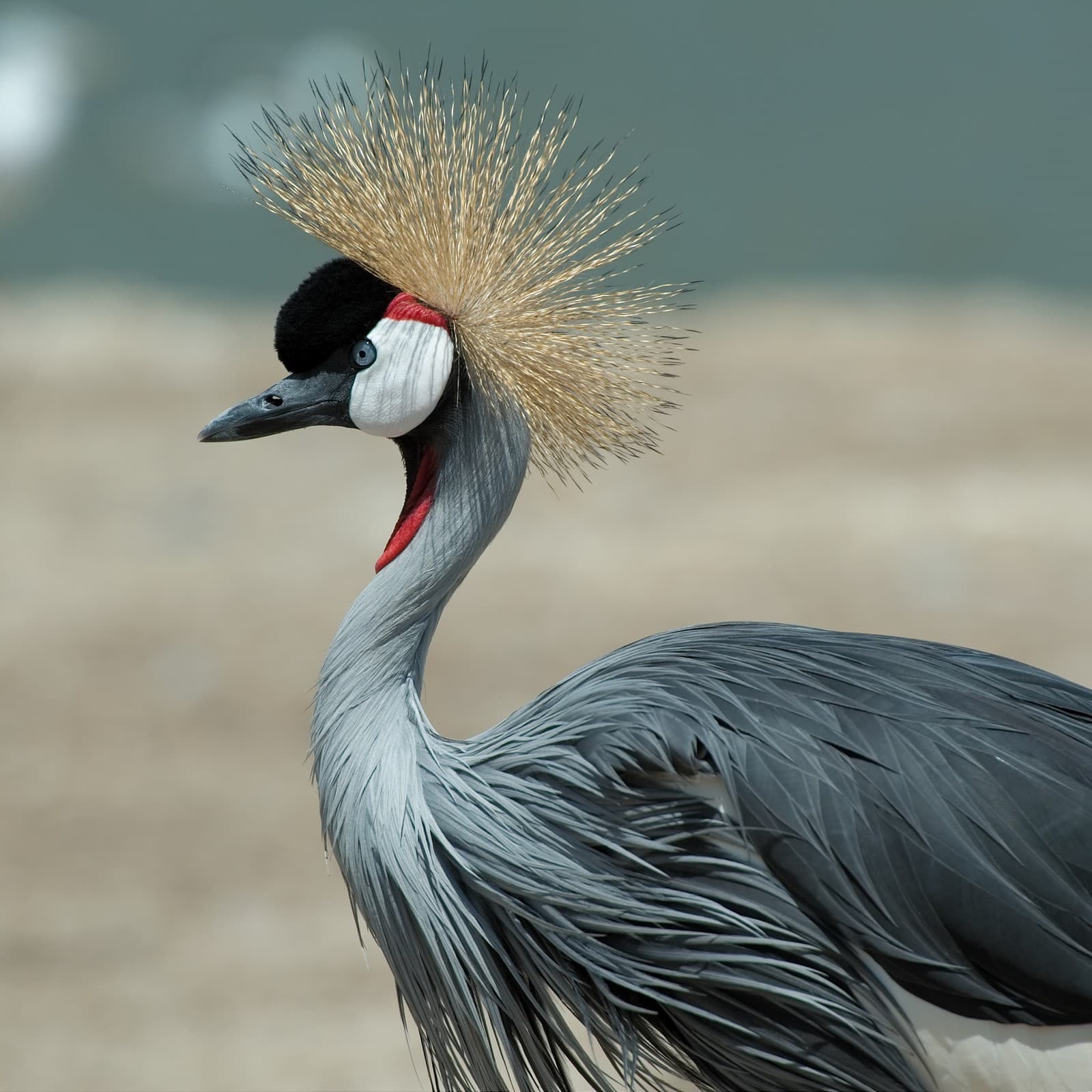
© Luc Viatour / CC BY-SA 3.0
The Grey Crowned Crane showcases the ornate head decorations and distinctive facial patterns typical of crane species, features never found in storks.
Key Differences: Stork vs Crane
| Feature | Stork | Crane |
|---|---|---|
| Neck Posture | Straight during flight | S-curved during flight |
| Vocalization | Mostly silent, bill-clattering | Loud trumpeting calls |
| Social Behavior | Less elaborate courtship | Complex courtship dances |
| Diet | Opportunistic carnivores | Omnivorous |
| Lifespan | 30-40 years | 20-30 years |
| Habitat | Wetlands, urban areas | Remote wetlands, grasslands |
Physical Characteristics and Appearance
Storks and cranes exhibit distinct physical features that help in their identification. Storks typically have heavier bills designed for catching prey, while cranes possess more pointed beaks suited for foraging vegetation and small animals. Storks’ legs are typically reddish or black, while crane species show more variation in leg coloration.
Habitat and Distribution
While both birds favor wetland environments, their specific habitat preferences differ significantly. Storks have adapted well to human presence, often nesting on buildings and chimneys in European towns. Cranes, however, typically require more isolated territories and are particularly sensitive to habitat disturbance.
Behavior and Social Structure
One of the most fascinating distinctions between these birds lies in their social behavior. Cranes are renowned for their elaborate courtship dances, which involve jumping, wing-flapping, and synchronized movements. Storks, while monogamous like cranes, engage in less elaborate courtship rituals, primarily focusing on nest-building and bill-clattering displays.
Migration Patterns
Both species are accomplished migrators, but their strategies differ. Storks are expert soarers, using thermal currents to travel long distances with minimal energy expenditure. Cranes typically fly at higher altitudes and maintain more structured V-formations during migration.
Conservation Status
Many species of both storks and cranes face significant conservation challenges. Habitat loss poses the greatest threat to both groups, though cranes generally face more severe population pressures due to their specific habitat requirements and slower reproduction rates.
Who Would Win in a Confrontation?
While direct confrontations between storks and cranes are rare in nature, cranes generally possess advantages in physical encounters. Their larger size (in most species), stronger territorial instincts, and more aggressive defensive behaviors make them formidable opponents. However, both birds typically avoid conflict, preferring to maintain separate territories.
Feeding Habits and Diet
Storks and cranes employ different feeding strategies. Storks are primarily carnivorous, using their strong bills to catch fish, amphibians, and small mammals. Cranes maintain a more varied diet, consuming both plant material and small animals, demonstrating greater dietary flexibility.
Reproduction and Lifecycle
Both species show remarkable parental care, but their approaches differ. Storks typically raise 3-5 chicks per clutch, while cranes usually lay just 2 eggs. Crane chicks develop more quickly and begin walking within hours of hatching, while stork chicks require longer periods of intensive care in the nest.
Through these distinctive characteristics and behaviors, storks and cranes have carved out unique niches in the natural world, each playing vital roles in their respective ecosystems while captivating human observers with their grace and beauty.

